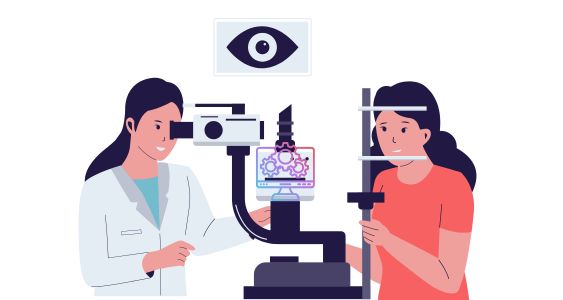In contemporary optometric practice, management software has become a staple tool, serving as the central hub for clinical operations, patient management, and administrative tasks. This software blends electronic health records (EHR) with practice management solutions to streamline processes ranging from scheduling appointments to billing and inventory management. Its deployment seeks to enhance efficiency, reduce errors, and improve patient satisfaction.
Optometry management software typically offers a range of features designed to accommodate the unique needs of eye care professionals. These include integrated scheduling that optimizes appointment bookings, customizable EHR systems for precise record-keeping of patient encounters, and tools for financial analysis to monitor practice performance. In a rapidly evolving healthcare landscape, such software not only underpins day-to-day operations but also assists practices in adhering to regulatory compliance and securing patient data.
The selection of an optometry management solution can have far-reaching implications for practice. It is essential for optometrists to consider factors such as software usability, interoperability with other systems, and the quality of customer support. A sound management system can reinforce the foundation of practice, enabling eye care professionals to devote their attention to patient care, confident in the seamless operation of their practice’s administrative functions.
Essential Features of Optometry Management Software
Optometry management software equips practices with the tools necessary to enhance patient care and administrative efficiency. These systems are designed with features tailored to the unique needs of optometrists, assisting in everything from patient interfaces to back-end operations.

Patient Scheduling and Registration
Software for optometry management typically includes a patient scheduling and registration system that streamlines appointment bookings. It allows patients to register their details, which practitioners can then access to prepare for appointments. The system often supports automated appointment reminders to reduce no-shows.
Electronic Health Records
A robust Electronic Health Records (EHR) module is vital. This feature securely stores patient history, test results, and treatment plans. It digitizes patient charts and makes them easily accessible to authorized staff, enabling better care through a comprehensive view of patient health information.
Billing and Insurance Processing
Billing and insurance processing is another key component. The software should handle various billing tasks with precision, encompassing services rendered, and facilitate the processing of insurance claims. This includes ensuring compliance with coding standards to minimize claim rejections.
Inventory Management
Effective inventory management capabilities ensure optometry practices can track and order supplies, such as contact lenses and frames, maintaining an adequate stock level without overordering. This feature assists in managing costs and supports the smooth operation of the optical shop.
Reporting and Analytics
Reporting and analytics functions enable practices to generate data-driven insights into their operations. This encompasses financial reports, patient demographics, and appointment trends. Practices can utilize this data to make informed decisions that contribute to practice growth and improved patient care.
Choosing the Right Optometry Management Software
When seeking the ideal optometry management software, practitioners must weigh several critical factors to ensure seamless integration into their practice.

Compatibility with Existing Systems
The chosen software must integrate effortlessly with the systems already in place. This includes electronic health records (EHR), practice management systems, and any existing diagnostic equipment. Compatibility reduces the risk of data silos and ensures a unified workflow.
User Experience
User experience is paramount in optometry management software. The interface should be intuitive, minimizing the learning curve for staff. Optimal software will streamline daily operations with clear navigation and accessible features.
Customization and Scalability
Each optometry practice has unique needs. A versatile software solution should offer a high degree of customization to adapt to a practice’s specific requirements. Moreover, as practices grow, the software must be able to scale accordingly to accommodate new processes and a higher patient load.
Support and Training
Reliable customer support and comprehensive training resources are essential for the efficient implementation and use of optometry management software. These resources should be readily available and aim to resolve issues swiftly to maintain practice productivity.
Cost Considerations
The cost of optometry management software should align with the practice’s budget without compromising essential features. Practices should consider not only the initial investment but also the long-term costs associated with updates, support, and potential add-ons.
The article was written in cooperation with the experts of Glasson – Optician & Optometry Management Software. Check out the offer at https://www.glasson.app
See Also: Best Cyber Security Service Providers In Hong Kong










